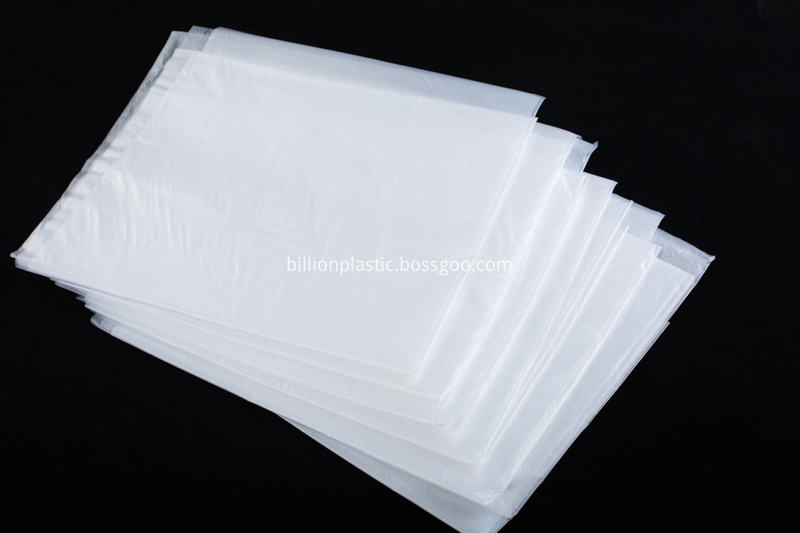The Chinese Academy of Sciences Institute of Physics and Chemistry has made important achievements in the research of fluorescent chemical sensors
Small biomolecules containing thiol groups, such as cysteine ​​(Cys), homocysteine ​​(Hcy), and glutathione (GSH), play an important role in maintaining the redox balance of biological systems. As the most small thiol-containing biomolecule in the cell, GSH is an important antioxidant in the body, which can protect the body from free radical damage, play an anti-tumor, anti-aging effect. However, due to the similarity of the structure and reactivity of biomolecules containing sulfhydryl groups, fluorescent probes that generally detect GSH often produce the same or similar responses to Cys and Hcy. Therefore, there is still a huge challenge to develop a fluorescent sensor that detects GSH with high selectivity. Recently, the Research Group of Supramolecular Photochemistry at the Institute of Physicochemical Technology, Chinese Academy of Sciences has developed for the first time a reactive fluorescent sensor that selectively detects GSH in living cells. The relevant research results were published in the Journal of the American Chemical Society on. In the article titled BODIPY-Based Ratiometric Fluorescent Sensor for Highly Selective Detection of Glutathione over Cysteine ​​and Homocysteine, the research team reported a class of ratio-based fluorescent chemical sensors based on monochlorinated BODIPY derivatives. Unlike the traditional detection mechanism, the research team used a brand new "two-step reaction" to distinguish GSH from Cys and Hcy. First, due to the nucleophilic nature of the mercapto group, the amino acid containing the mercapto group can quickly replace the chlorine of BODIPY, generating BODIPY substituted by the mercapto group, and the fluorescence of the sensor molecule is red-shifted by about 30 nm. Secondly, the amino groups of Cys and Hcy can further replace the mercapto group to generate amino-substituted BODIPY. Compared with the mercapto-substituted BODIPY, its luminescence is weakened and blue-shifted, while GSH cannot undergo amino substitution. Using the significant difference in photophysical properties of thiol-substituted and amino-substituted BODIPY, the research team successfully achieved selective detection of GSH in living cells. This novel reaction mechanism provides new methods and new ideas for the selective detection of sulfhydryl groups and even compounds with similar functional groups. Related research work was supported by the National Natural Science Foundation of China Outstanding Youth Science Foundation, the Ministry of Science and Technology "973" National Key Basic Research and Development Program, and the Chinese Academy of Sciences "Hundred People Program".
HDPE or LDPE Flat Bag On Sheet is with bottom heat sealing. It is an easy packaging option for products or foods.
The bags could be with your LOGO or printing design. The small bags could packed into the color box as a small unit. And the large size could be packed in 10 pieces or 20 pieces as one pack, this quantity depends on requirement. The width range of the bags is from 180 mm to 1000 mm.
Strong sealing and good material give the bags water-proof, dust resistance and tear resistance, it is a good choice for taking our flat bags on sheet for packaging.
Flat Bag On Sheet Plastic Gift Bag,Flat Bag In Plastic,Printed Flat Paper Bags,Square Bottom Plastic Bags,,Flat Poly Bag,Flat Plastic Bags BILLION PLASTIC MANUFACTURING CO.,LTD, JIANGMEN , https://www.billion-plastics.com
